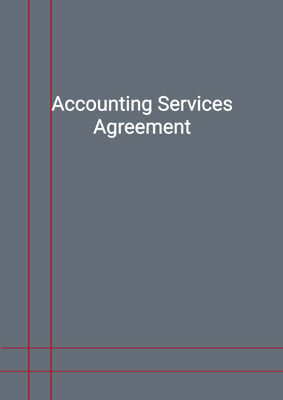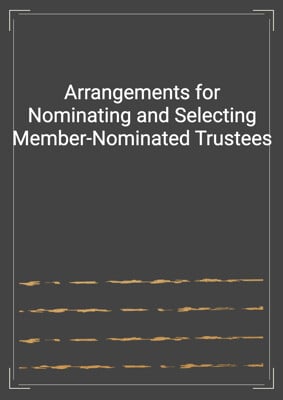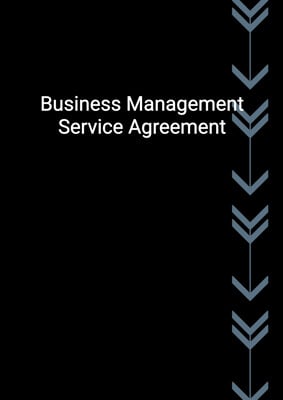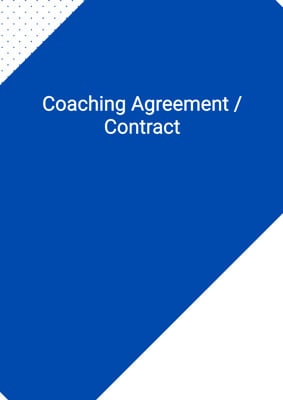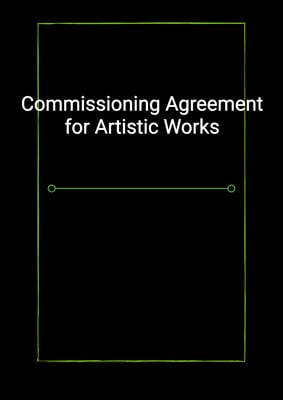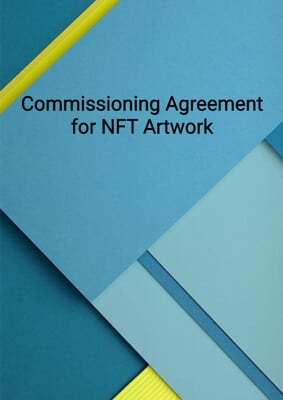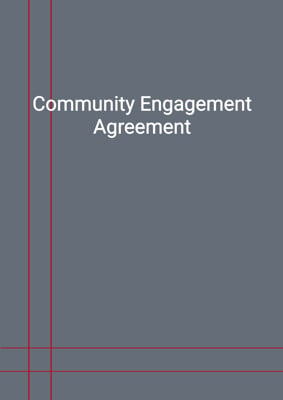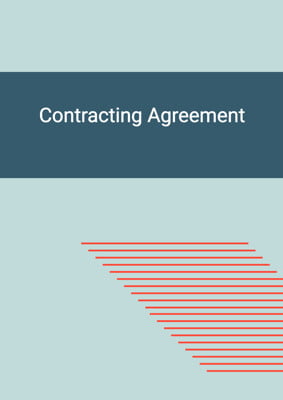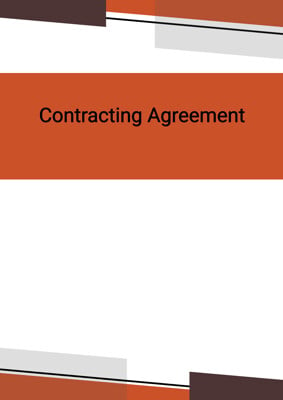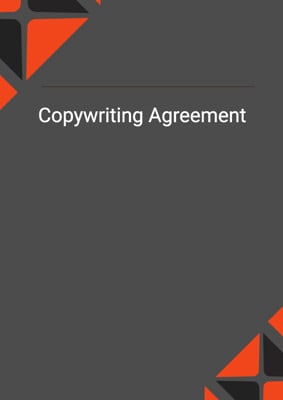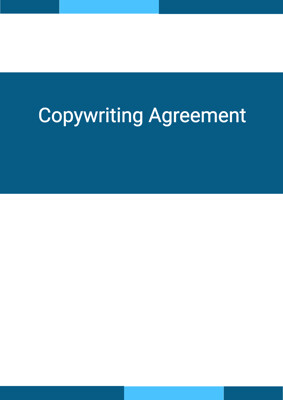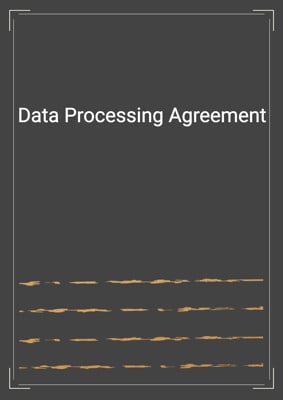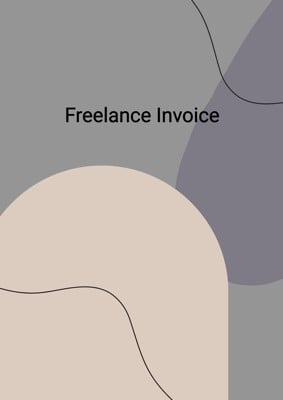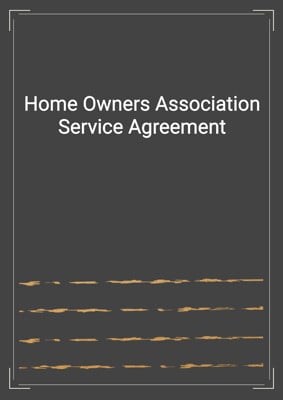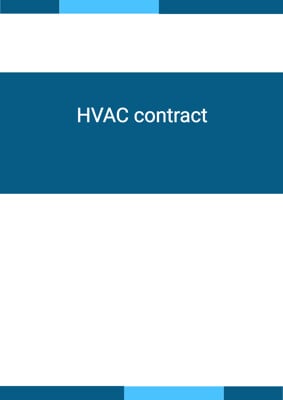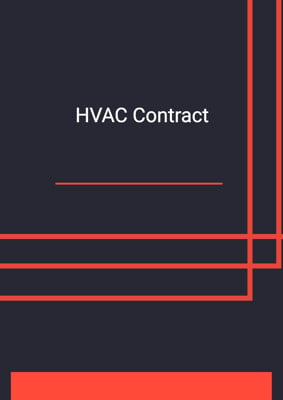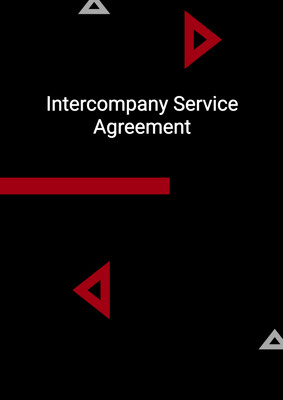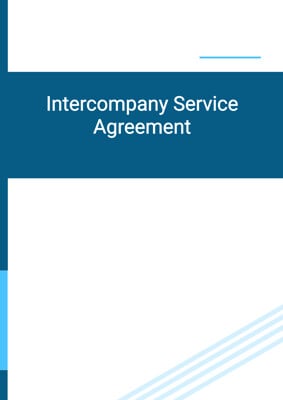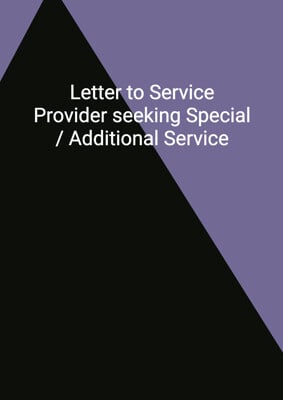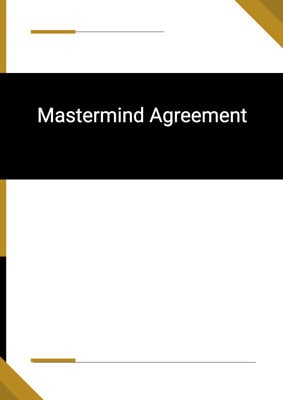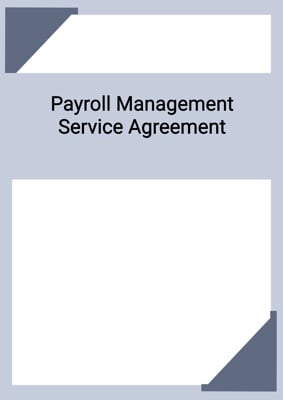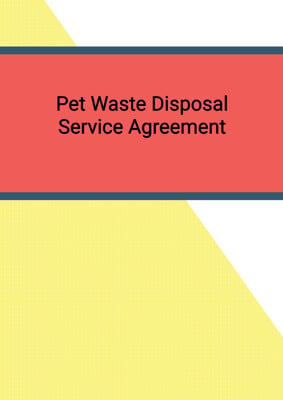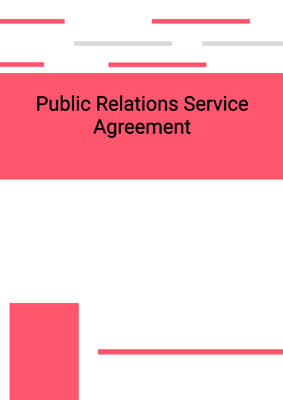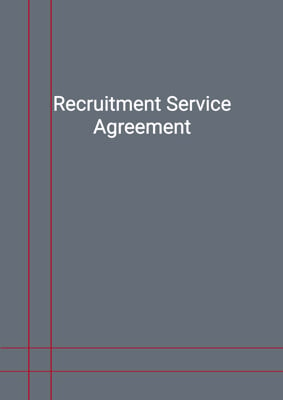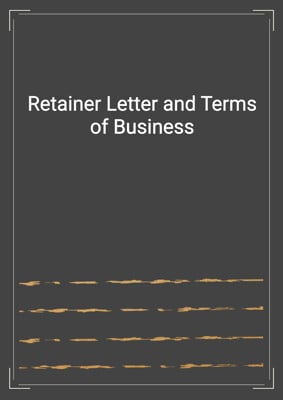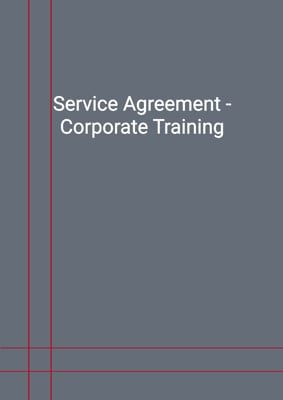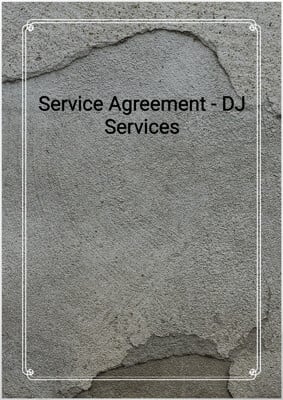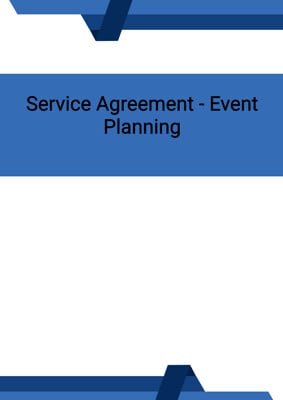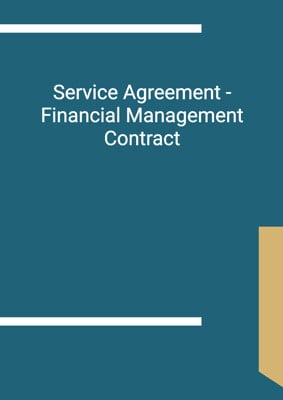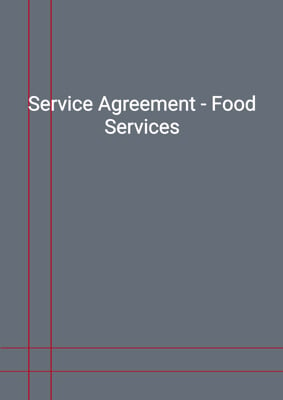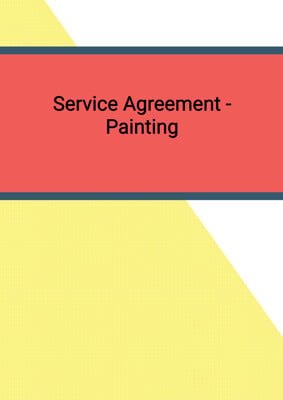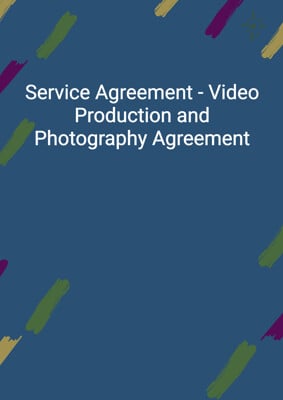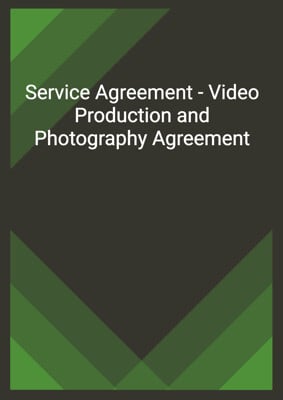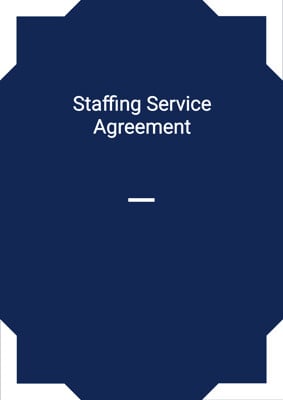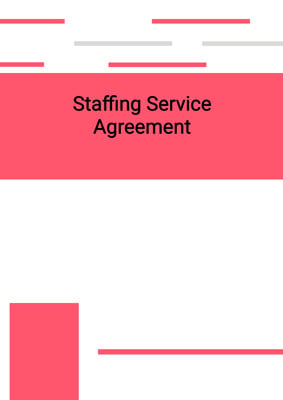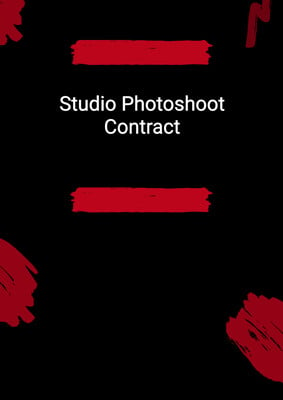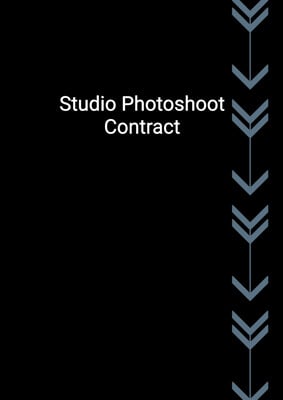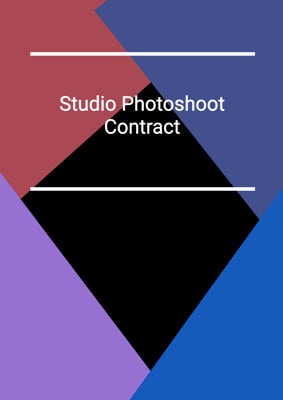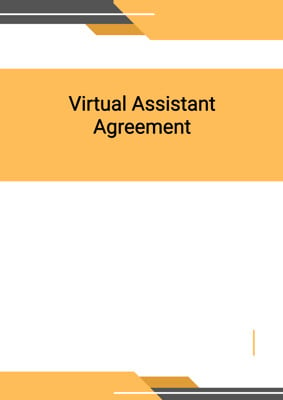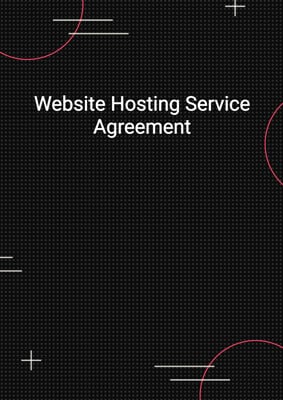How to Tailor the Document for Your Need?
01
Create Document
Fill in the details of the parties. You can click the "Fill with Member’s Information" button to complete it with information saved to your account.
02
Fill Information
Please fill in any additional information by following the step-by-step guide on the left hand side of the preview document and click the "Next" button.
03
Get Document
When you are done, click the "Get Document" button and you can download the document in Word or PDF format.
04
Review Document
Please get all parties to review the document carefully and make any final modifications to ensure that the details are correct before signing the document.
Document Preview
Document Description
This commissioning agreement for artistic works is a legally binding document that outlines the terms and conditions between the artist and the client. The agreement highlights the importance of the document by emphasizing the need for clear communication and mutual understanding between the parties involved.
The entire document is divided into several sections, each addressing specific aspects of the agreement. The introduction provides a brief overview of the purpose of the agreement, stating that the artist is in the business of creating and supplying artwork, while the client wishes to commission the artist for their services.
Section 1, titled 'Interpretation,' defines key terms used throughout the agreement and clarifies the scope of the document. It includes definitions for terms such as 'agreement,' 'services,' 'completion date,' and 'work.' The section also explains the general rules of interpretation for the agreement, including the inclusion of various entities and genders.
Section 2 focuses on the artist's obligations. It outlines the artist's commitment to providing the services agreed upon in a professional and diligent manner. The section emphasizes the artist's responsibility to create high-quality artwork that meets the client's specifications and complies with industry standards and regulations. It also addresses the artist's compliance with any instructions or variations issued by the client, as well as the arrangements for delivery and installation of the work if applicable.
Section 3 covers the completion of the work. It emphasizes the importance of timely performance and states that time is of the essence in fulfilling the artist's obligations. The section also addresses the possibility of delays due to illness or incapacity and outlines the procedures for notifying the client and resuming work. If a completion date is specified, the section allows for the extension of the completion time if necessary. It also mentions the possibility of liquidated damages if the work is not completed by the agreed-upon date.
Section 4 discusses revisions to the work. It states that the client is entitled to a certain number of revisions, with any additional revisions being subject to an additional cost.
Section 5 addresses the fees for the services provided. It specifies the amount to be paid by the client and outlines the invoicing and payment terms. It also provides a mechanism for resolving disputes related to invoices.
Section 6 establishes the independent contractor relationship between the artist and the client, clarifying that no employment or partnership relationship is created.
Section 7 includes warranties and indemnities. It requires the artist to promptly notify the client of any delays, problems, or complaints related to the services. The section also outlines the artist's representations and warranties regarding the ownership of the work, its compliance with laws and regulations, and its quality. It further states that the artist is liable for any expenses or losses incurred as a result of the artist's acts or omissions.
Section 8 covers the term and termination of the agreement. It specifies the duration of the agreement and the conditions under which either party can terminate it. It also addresses the consequences of termination, including the return of any work or materials.
Section 9 addresses the ownership of materials and intellectual property. It states that all intellectual property developed under the agreement becomes the property of the client. It also restricts the artist from using the client's intellectual property without written consent.
Section 10 addresses the confidentiality of information exchanged between the parties. It prohibits the artist from sharing or disclosing confidential information without written permission from the client and requires the return or destruction of such information upon termination of the agreement.
Section 11 covers announcements and publicity related to the agreement. It requires the parties to obtain each other's approval before making any announcements or disclosures, except as required by law or regulatory bodies.
Section 12 states that any variations to the agreement must be in writing and signed by the parties. It clarifies that variations do not constitute a waiver of any provisions and do not affect any rights or obligations already accrued.
Section 13 prohibits the artist from assigning the agreement or subcontracting its performance without the client's written consent.
Section 14 includes a severability clause, stating that if any provision of the agreement is deemed illegal or unenforceable, it will be removed without affecting the validity of the remaining provisions. The parties are required to negotiate a substitute provision if necessary.
Section 15 requires the parties to perform any further acts or execute additional documents necessary to implement the agreement.
Section 16 includes a warranty of capacity and power, stating that each party has the authority and capacity to enter into and fulfill its obligations under the agreement.
Section 17 addresses force majeure events, stating that neither party will be liable for any failure or delay in performing its obligations due to causes beyond their control.
Section 18 clarifies that the agreement does not confer any rights on third parties.
Section 19 encourages the parties to resolve any disputes amicably and in good faith. It does not specify a particular dispute resolution mechanism.
Section 20 outlines the procedures for giving notices and serving documents under the agreement. It specifies the methods of delivery and the deemed times of receipt.
Section 21 states that the agreement may be executed in multiple counterparts, with each counterpart considered an original document.
The agreement concludes with the signatures of the parties and a witness block.
How to use this document?
To use this commissioning agreement for artistic works, follow these steps:
1. Review the entire agreement to understand its terms and conditions.
2. Fill in the necessary information, including the names and addresses of the artist and the client.
3. Specify the type of services to be provided by the artist and describe the artwork to be created in Schedule 1.
4. Determine the completion date for the work, if applicable.
5. Agree on any additional instructions or variations to the work and confirm them in writing.
6. If required, arrange for the delivery of the work to the client's address using a reputable courier specializing in art delivery.
7. If necessary, be available after delivery to advise on the safe and damage-free installation of the work.
8. Ensure prompt and timely performance of all obligations under the agreement.
9. If any delays or problems arise, notify the client promptly and provide recommendations to avoid or mitigate them.
10. If revisions to the work are requested, adhere to the agreed-upon number of revisions and charge additional fees for any exceeding revisions.
11. Invoice the client for the services performed under the agreement, ensuring that the invoice is sent 14 days prior to the payment date.
12. Promptly notify the client of any disputes regarding invoices and provide supporting documentation.
13. Comply with all laws and regulations applicable to the services rendered.
14. Represent and warrant that the artist is the exclusive holder of the rights to the work and that it does not infringe any third-party rights.
15. Indemnify the client for any expenses, liabilities, or losses resulting from the artist's acts or omissions.
16. Terminate the agreement by providing written notice if necessary, following the specified termination procedures.
17. Return any copies of drawings or plans related to the work upon termination.
18. Understand that all intellectual property developed under the agreement becomes the property of the client.
19. Maintain the confidentiality of any information shared by the client and return or destroy such information upon termination.
20. Obtain written permission from the client before making any announcements or disclosures related to the agreement.
21. Seek the client's approval for any variations to the agreement.
22. Perform any further acts or execute additional documents necessary to implement the agreement.
23. Ensure that the agreement is signed by all parties and witnessed.
Please note that this guidance is a summary and does not constitute legal advice. It is recommended to consult with a legal professional to ensure compliance with applicable laws and regulations.
Not the right document?
Don’t worry, we have thousands of documents for you to choose from:

